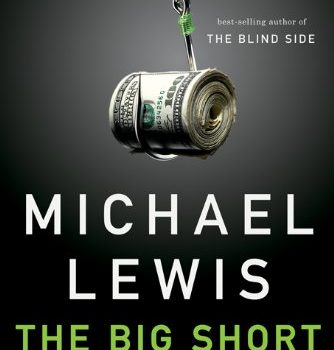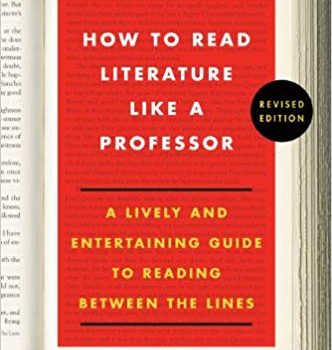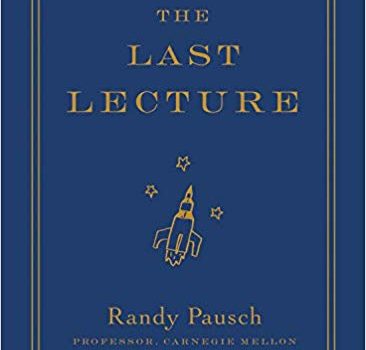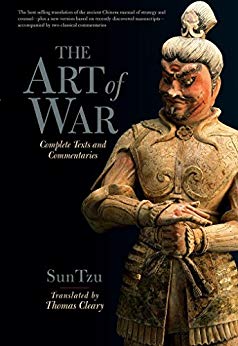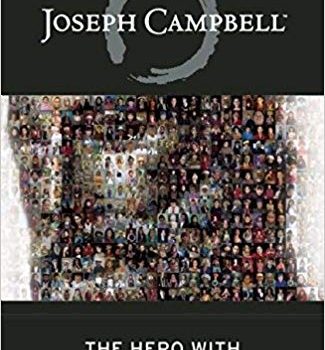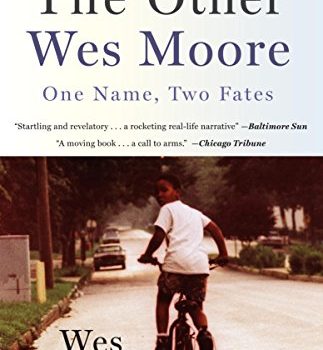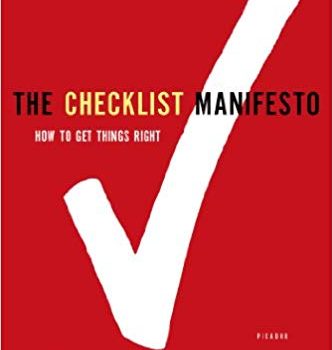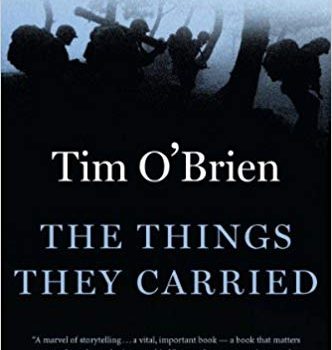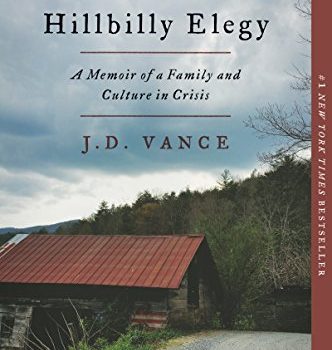The Big Short: Inside the Doomsday Machine takes us inside the madness, corruption, and greed at the heart of the 2007-2008 financial crisis. It tells the story of an eccentric collection of investors who saw the folly of the subprime mortgage-backed securities market—and found a way to bet against it. By focusing on individuals who saw these worthless securities for what they truly were, The Big Short explores the complexities and irrationalities of modern capitalism and forces us to seriously question the wisdom (and motivations) of the financial elites who wield so much power over our economy, society, and politics.
#1 Book Summary: The Big Short, by Michael Lewis
